How to Spot High-Quality Clothes (Even When Thrifting)
- SkyeChanel

- Jan 24
- 4 min read
Thrifting is a treasure hunt, and finding high-quality garments is like striking gold. But how do you separate the gems from the junk? Whether you’re shopping secondhand or even at retail, learning to spot well-made clothes comes down to a few key details. Here’s your guide to identifying quality pieces that stand the test of time.
1. Check the Fabric
The foundation of any garment is its fabric. High-quality clothes are made from durable, natural, or high-performance synthetic fibers.
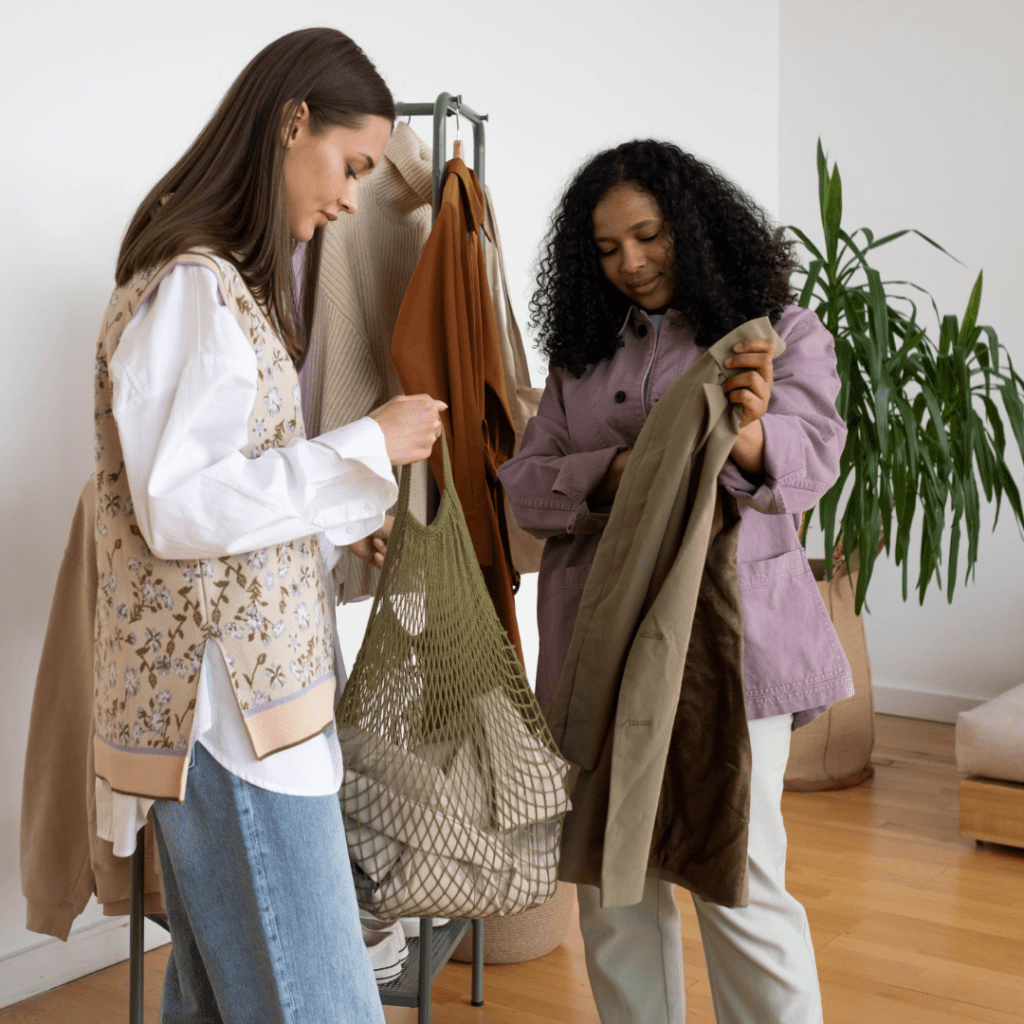
• What to Look For:
• Natural fibers like cotton, linen, wool, and silk.
• Blends with high percentages of natural fibers.
• Heavier fabrics that feel substantial, like thicker denim or tightly woven wool.
• Red Flags:
• Thin, flimsy material that stretches out easily.
• Pilling (tiny fabric balls), which can indicate lower-quality fibers.
Pro Tip: Run your hand over the fabric. Quality fabric feels smooth and sturdy, while cheap fabric often feels rough or overly thin.
2. Inspect the Stitching
The stitching holds everything together, so it’s a crucial indicator of quality.
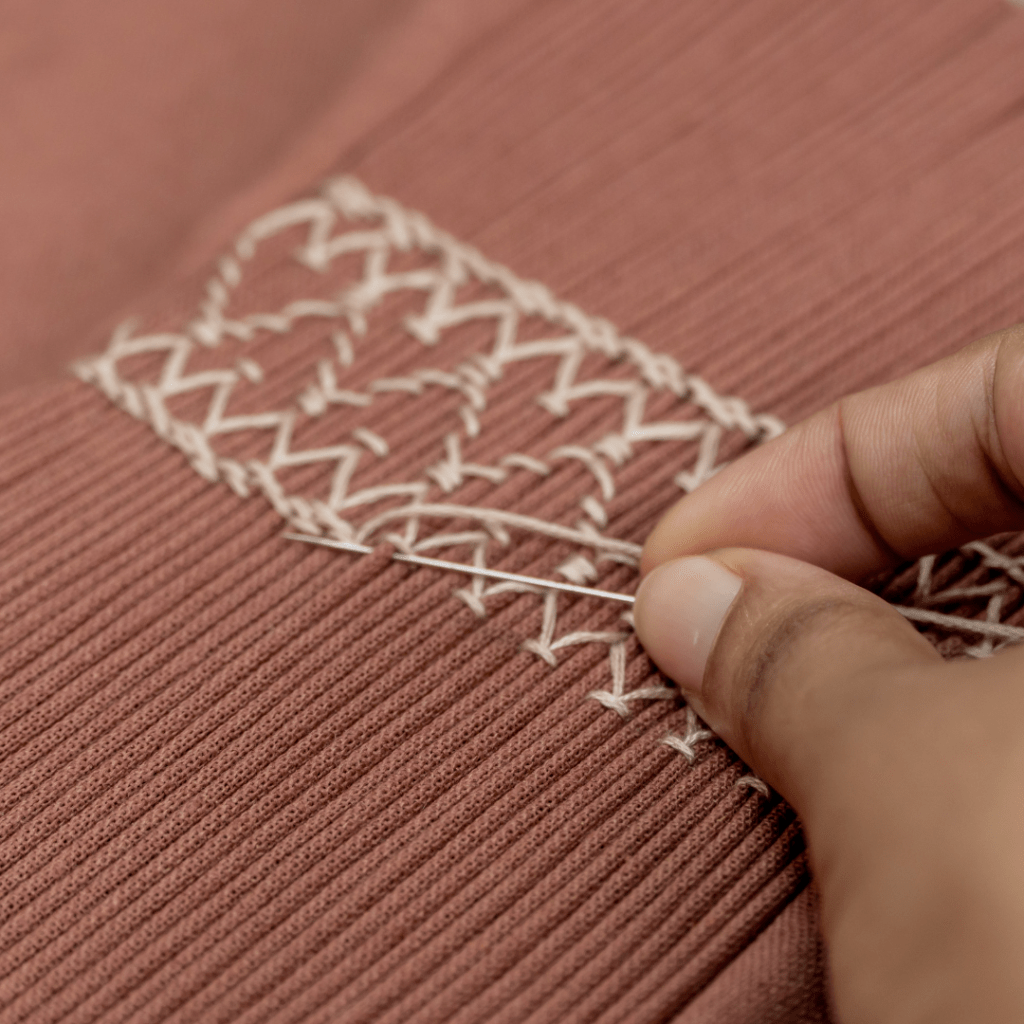
• What to Look For:
• Straight, even stitches with no loose threads.
• Double-stitched seams for added durability.
• Cleanly finished edges, like French seams or overlocking.
• Red Flags:
• Uneven, loose, or skipped stitches.
• Exposed raw edges that could fray over time.
Pro Tip: Gently tug on a seam. If the stitches pull apart easily, it’s not well-made.
3. Examine the Lining
Lining is often overlooked, but it’s a telltale sign of craftsmanship.

• What to Look For:
• Smooth, breathable linings in blazers, coats, and dresses.
• Linings that are sewn securely into the garment, with no puckering or unevenness.
• Red Flags:
• Unlined jackets or dresses in fabrics that require structure.
• Cheap, scratchy linings that feel uncomfortable against the skin.
Pro Tip: A fully lined garment usually signals higher quality, especially for outerwear and structured pieces.
4. Test the Hardware
Zippers, buttons, and other hardware are easy-to-spot indicators of quality.
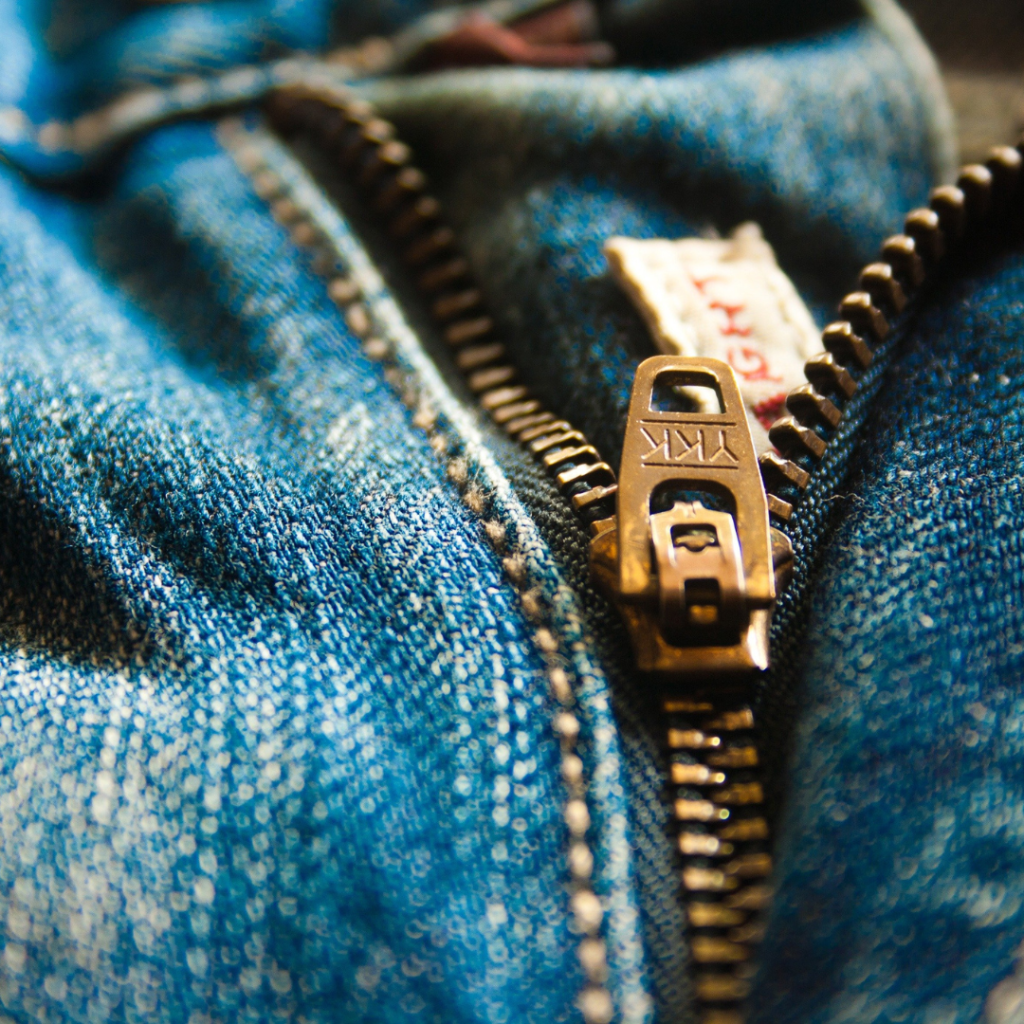

• What to Look For:
• Metal zippers (often more durable than plastic).
• Securely attached buttons with no loose threads.
• Functional details like reinforced buttonholes and well-finished snaps.
• Red Flags:
• Sticky or difficult-to-use zippers.
• Cheap plastic hardware that feels brittle or weak.
Pro Tip: Zip and unzip zippers to test smoothness and reliability before buying.
5. Look at the Labels
Labels provide a wealth of information about a garment’s quality and care.
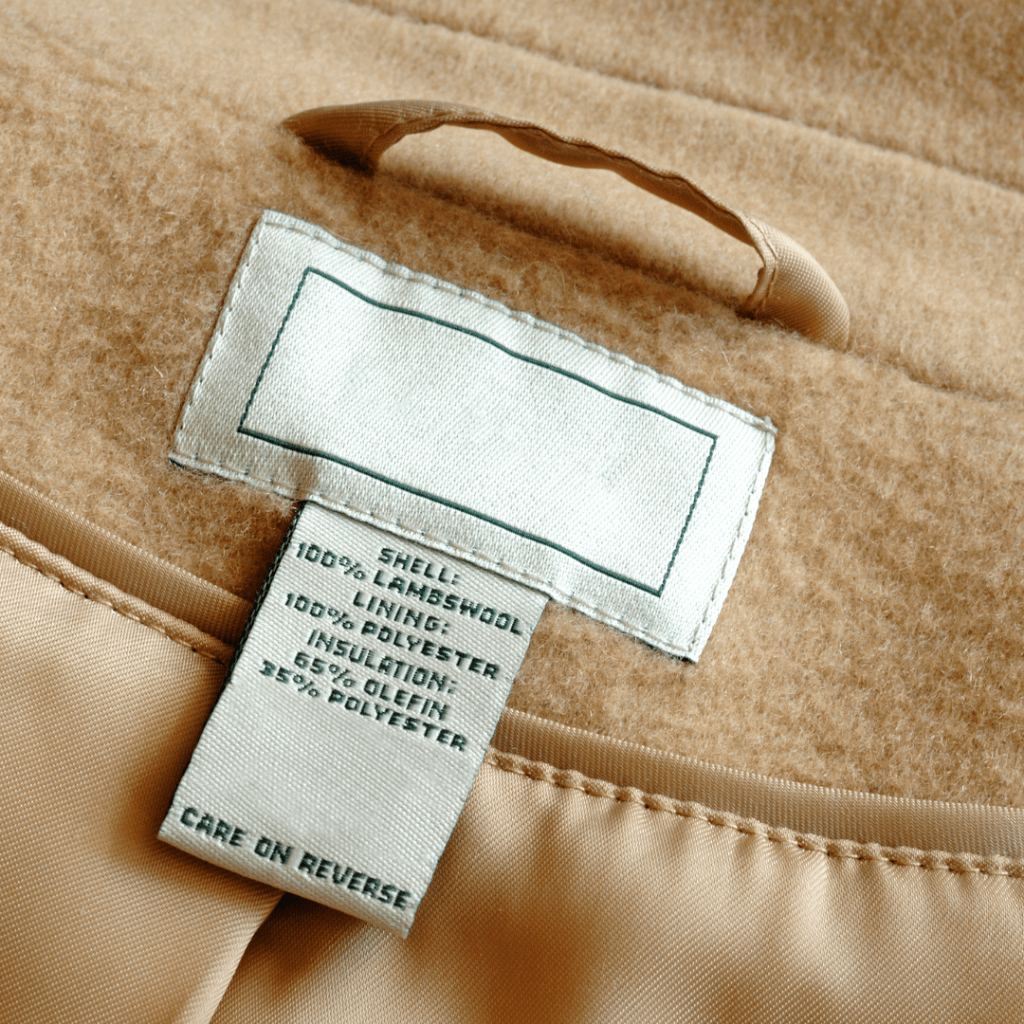
• What to Look For:
• Fabric content: Look for high percentages of natural fibers or blends with a purpose (e.g., polyester for durability).
• Country of origin: Countries with strong textile traditions, like Italy or Japan, often produce higher-quality garments.
• Care instructions: Dry-clean-only or hand-wash labels can indicate delicate, premium materials.
• Red Flags:
• Vague or missing labels, which may indicate lower production standards.
Pro Tip: Use labels as a guide but not a guarantee—always check the garment’s actual construction and fabric.
6. Assess the Fit and Structure
Quality clothes are designed to fit well and maintain their shape over time.

• What to Look For:
• Pieces with good structure, like darts in dresses or blazers that define the waist.
• Even hemlines and symmetrical patterns (e.g., stripes that match up at the seams).
• Red Flags:
• Garments that hang awkwardly or lose their shape after a gentle stretch.
• Patterns that don’t align at the seams, which indicates rushed construction.
Pro Tip: Try the garment on if possible, and move around to see how it feels and drapes.
7. Evaluate the Weight and Feel
Well-made clothes often feel heavier and more substantial because of higher-quality materials and construction.
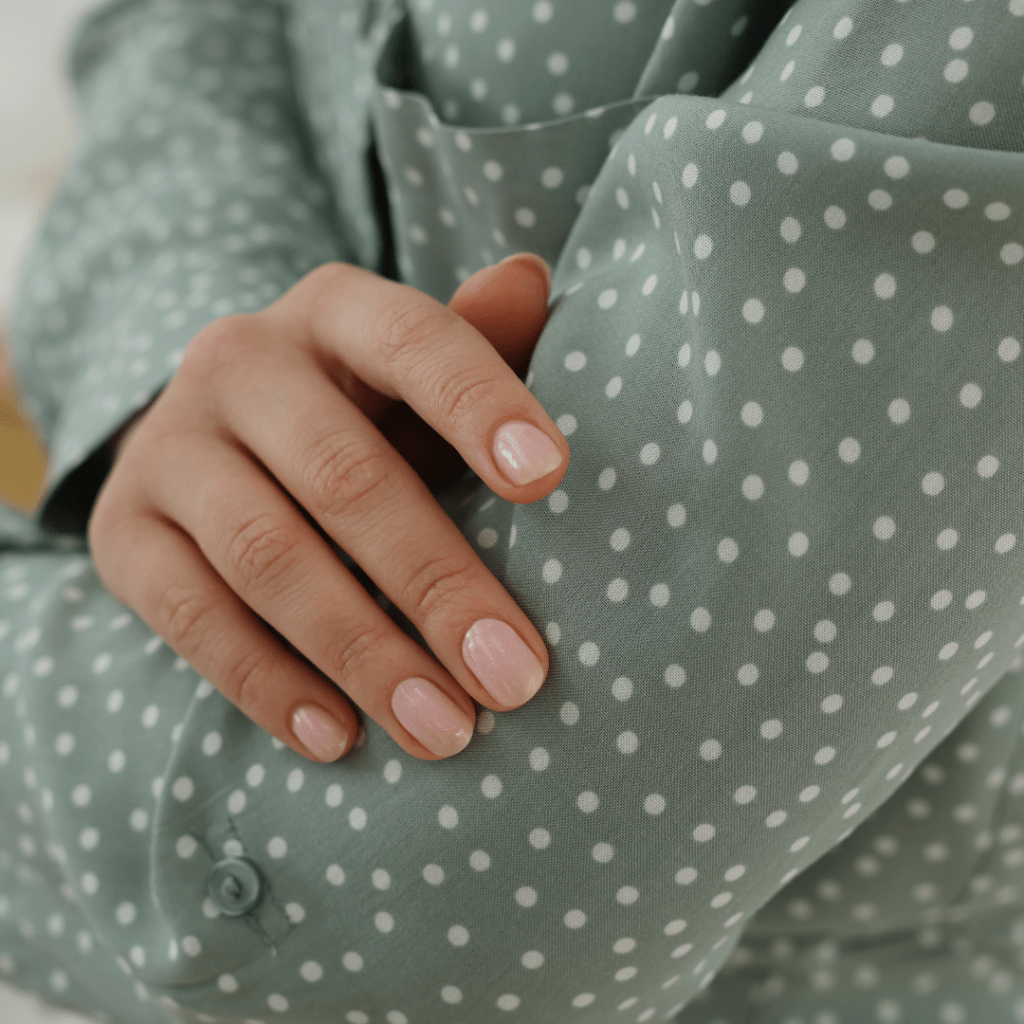
• What to Look For:
• A jacket or coat that feels substantial but not overly heavy.
• Denim that’s thick and sturdy rather than paper-thin.
• Red Flags:
• Pieces that feel overly light or flimsy for their intended purpose (e.g., a winter coat that provides no warmth).
Pro Tip: Trust your instincts. If a garment feels cheap, it probably is.
8. Pay Attention to the Details
Small details often separate high-quality garments from their lower-quality counterparts.

• What to Look For:
• Matching thread colors that blend seamlessly with the fabric.
• Decorative elements like embroidery or beading that are securely attached.
• Functional extras like pockets, vents, and belt loops.
• Red Flags:
• Sloppy finishing touches, like loose threads or poorly attached embellishments.
Pro Tip: Examine the garment inside and out to ensure consistent quality.
Thrifting Tips for Finding High-Quality Pieces

• Go for Timeless: Look for classic styles like blazers, trench coats, or tailored pants, which are often made with care.
• Feel the Fabric First: Let your hands guide you—high-quality fabrics stand out even on a crowded rack.
• Check Brand Labels: Thrifting is a great way to find premium brands at a fraction of the cost.
• Be Patient: Thrifting requires time and persistence, but the rewards are worth it.
Why Quality Matters
Investing in high-quality clothes, even when thrifting, means building a wardrobe that lasts. These pieces are more comfortable, look better, and stand up to wear and tear. By learning to identify quality garments, you can curate a wardrobe that combines sustainability, affordability, and timeless style.
What’s your best thrifted find? Share it in the comments, and let’s celebrate the art of finding high-quality pieces on a budget! X.O.X.O -skyechanel
Comments